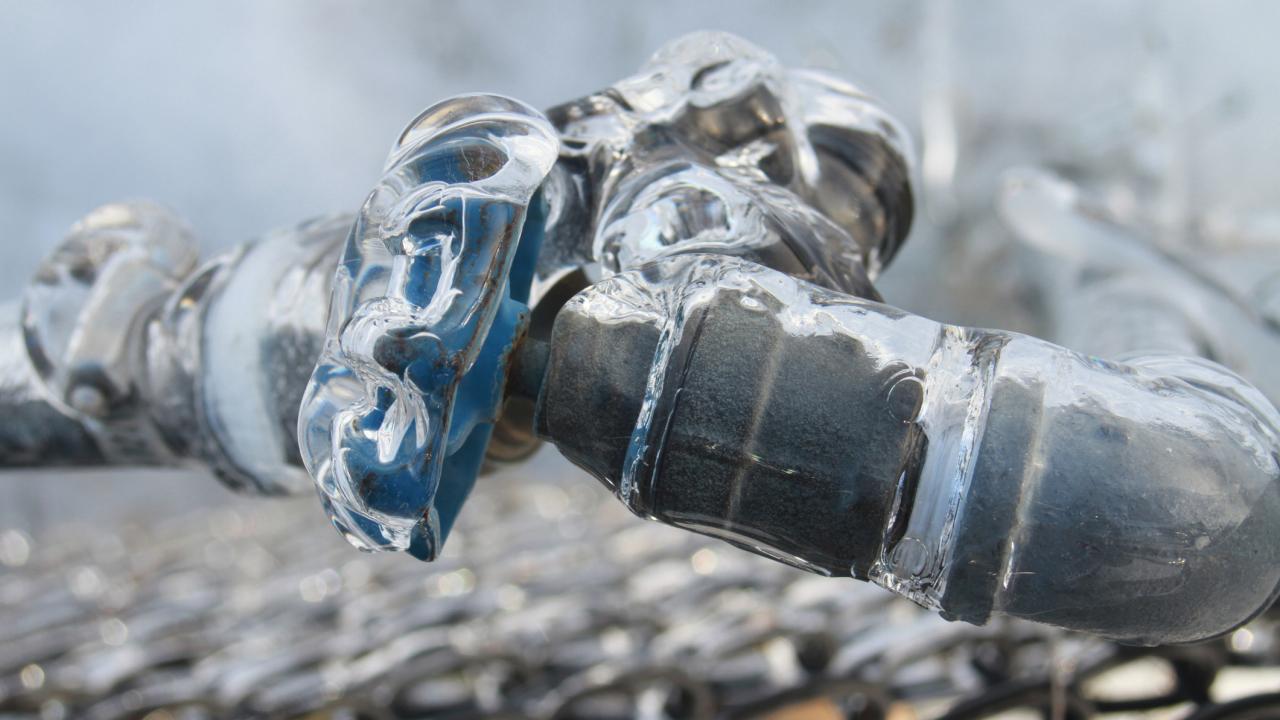Safeguarding Pipes from Freezing Damage: Essential Strategies
Safeguarding Pipes from Freezing Damage: Essential Strategies
Blog Article
Everybody will have their own individual perception with regards to How to Prevent Your Pipes From Freezing.

Winter can ruin your plumbing, especially by freezing pipelines. Right here's exactly how to avoid it from taking place and what to do if it does.
Intro
As temperature levels decrease, the threat of frozen pipelines rises, possibly resulting in pricey repair work and water damages. Comprehending how to stop frozen pipelines is important for property owners in cool environments.
Recognizing Frozen Pipes
What triggers pipelines to ice up?
Pipes freeze when subjected to temperatures below 32 ° F (0 ° C) for prolonged periods. As water inside the pipelines ices up, it expands, putting pressure on the pipe wall surfaces and potentially causing them to break.
Dangers and damages
Icy pipes can result in water supply disturbances, residential property damage, and expensive repairs. Ruptured pipelines can flood homes and create comprehensive architectural damage.
Indications of Frozen Pipes
Determining icy pipes early can prevent them from rupturing.
Just how to identify frozen pipes
Seek decreased water flow from faucets, uncommon smells or sounds from pipelines, and noticeable frost on revealed pipes.
Avoidance Tips
Insulating prone pipelines
Wrap pipes in insulation sleeves or utilize warmth tape to protect them from freezing temperatures. Focus on pipelines in unheated or outside areas of the home.
Heating methods
Keep interior rooms sufficiently heated, especially locations with pipes. Open up cupboard doors to allow cozy air to circulate around pipelines under sinks.
Securing Outdoor Pipes
Yard pipes and exterior taps
Detach and drain pipes yard tubes before winter season. Install frost-proof spigots or cover outdoor faucets with shielded caps.
What to Do If Your Pipes Freeze
Immediate actions to take
If you suspect icy pipes, maintain taps open to alleviate stress as the ice melts. Use a hairdryer or towels taken in hot water to thaw pipelines gradually.
Long-Term Solutions
Structural changes
Take into consideration rerouting pipes far from exterior wall surfaces or unheated areas. Include extra insulation to attic rooms, basements, and crawl spaces.
Upgrading insulation
Buy top quality insulation for pipelines, attics, and walls. Correct insulation helps preserve regular temperatures and decreases the threat of icy pipes.
Verdict
Stopping icy pipes requires positive actions and quick feedbacks. By understanding the causes, signs, and safety nets, house owners can secure their plumbing during winter.
5 Ways to Prevent Frozen Pipes
Drain Outdoor Faucets and Disconnect Hoses
First, close the shut-off valve that controls the flow of water in the pipe to your outdoor faucet. Then, head outside to disconnect and drain your hose and open the outdoor faucet to allow the water to completely drain out of the line. Turn off the faucet when done. Finally, head back to the shut-off valve and drain the remaining water inside the pipe into a bucket or container. Additionally, if you have a home irrigation system, you should consider hiring an expert to clear the system of water each year.
Insulate Pipes
One of the best and most cost-effective methods for preventing frozen water pipes is to wrap your pipes with insulation. This is especially important for areas in your home that aren’t exposed to heat, such as an attic. We suggest using foam sleeves, which can typically be found at your local hardware store.
Keep Heat Running at 65
Your pipes are located inside your walls, and the temperature there is much colder than the rest of the house. To prevent your pipes from freezing, The Insurance Information Institute suggests that you keep your home heated to at least 65 degrees, even when traveling. You may want to invest in smart devices that can keep an eye on the temperature in your home while you’re away.
Leave Water Dripping
Moving water — even a small trickle — can prevent ice from forming inside your pipes. When freezing temps are imminent, start a drip of water from all faucets that serve exposed pipes. Leaving a few faucets running will also help relieve pressure inside the pipes and help prevent a rupture if the water inside freezes.
Open Cupboard Doors
Warm your kitchen and bathroom pipes by opening cupboards and vanities. You should also leave your interior doors ajar to help warm air circulate evenly throughout your home.

Hopefully you enjoyed our piece on Preventing and dealing with frozen pipes. Thank you for finding the time to read our article post. Those who appreciated our blog post kindly be sure to share it. Bless you for your time. Revisit us soon.
Quote Report this page